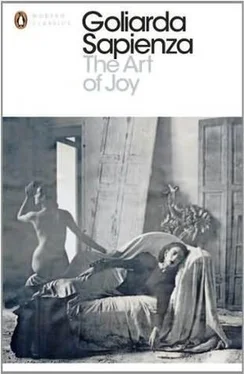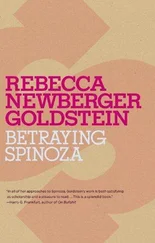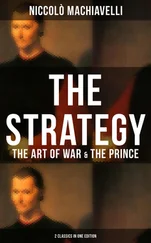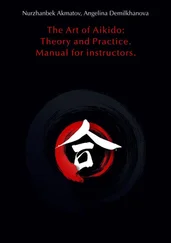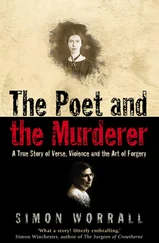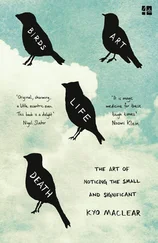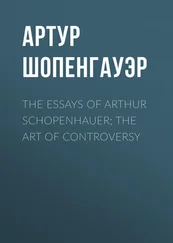50. Maccu is a traditional, very thick soup (almost a puree) made of dried fava beans in most parts of Sicily. It is usually cooked in the winter months and has been a staple dish for the contadini , peasants, since ancient times. Also known as Maccu di San ’Gnuseppi , according to Pino Correnti in his Il Libro d’Oro della Cucina e dei Vini di Sicilia , it is a ritual soup for Saint Joseph’s day, 19 March, as well as a custom handed down from the celebrations of the spring equinox in classical times, when the housewife would clear her pantry of leftover dried legumes in the expectation of the new harvest to come.
51. The word maredda in the expression ‘ tosta maredda ’ (here and elsewhere in text) is Sicilian slang for girl; in dialect, morella and moredda are diminutives for the Sicilian moru , meaning dark-haired.
52. Lazzarolu and cocciu di tacca are dialect: a lazzarolu is a rascal, scoundrel or thug, an arrogant young tough guy or someone young and attractive but of no consequence. A cocciu is a scamp or little rogue; a brat. And di tacca means insignificant or small-time. The two expressions basically mean the same thing: someone young and brazen, a fireball.
53. Vellute (here and throughout the book) are whores, prostitutes; literally ‘silken ladies’.
54. The slogan ‘ Me ne frego ’, ‘I don’t give a damn’, was written on Fascist banners: black pennants with a skull and crossbones. In the same passage, Mussolini is sarcastically referred to as ‘ l’onorevole Benito Mussolini ’, ‘honourable’ being the title used for a Member of Parliament; Mussolini became the 40th Prime Minister of Italy in 1922 and began using the title Il Duce by 1925. The ‘blackmail’ (‘ The Fascist revolt against the intolerable Bolshevik regime ’) may refer to the fact that when Britain reacted to Italy’s invasion of Ethiopia by stopping the exports of coal to Italy, Italy had to rely more and more on German coal and this had political consequences, pushing Italy into the war as Germany’s ally.
55. ’U marranzanu , Sicily’s traditional Jew’s harp, is also known as a scacciapensieri or marranzano ; it is a rudimentary musical instrument that produces monotone vibrations. The word marranzanu can also mean a chirping cricket.
56. Catherine wheels, girandole , are a type of firework consisting of a powder-filled spiral tube; when ignited, it rotates quickly, producing a display of sparks and coloured flame, like a pinwheel. It is named after the instrument of torture, the breaking wheel, on which, legend has it, St Catherine was martyred.
57. Cuore was a book for elementary school children written by Edmondo de Amicis and published in 1886. Set during the period of Italian unification, it includes patriotic themes and topics of moral edification and is considered a classic of children’s literature.
58. Mattia refers to Modesta as a ‘ satanasso d’un Giuda ’, a Judas demon. The expression echoes the gospels, which say that Judas Iscariot was possessed by Satan. Luke 22:3, for example, states: ‘Then Satan entered Judas, called Iscariot, one of the Twelve’. John 13:27 also talks about the possession of Judas by Satan: ‘As soon as Judas took the bread, Satan entered into him.’ (New International Version)
59. For the events of 1898, see note number 36. Filippo Turati was accused of inspiring the riots which led to the Bava Beccaris massacre. Avanti! , meaning ‘Forward!’ or ‘Onward!’, is an Italian daily newspaper, born as the official voice of the Italian Socialist Party. Published since 25 December 1896, it took its name from its German counterpart, Vorwärts . Turati’s party was the Partito Socialista Unitario; after the 1924 murder of Matteotti, one of the brave men who dared to speak out against Mussolini, there was a push for a more active opposition to Fascism and the clandestine publication Non mollare was founded; Fascist violence towards the left became increasingly severe.
60. The Civita is an ancient quarter in the historical centre of Catania.
61. The carpet of Santa Rosalia recalls the infiorata , a traditional springtime event in many Italian towns, in which flower petals are used to create works of art in the streets or in front of churches.
62. Matteotti’s murder, the Special Laws and the Lateran Treaty date from 1924, 1925 and 1929 respectively.
63. Piana dei Greci , later called Piana degli Albanesi , originally took its name from the fact that the Greek language was used in the Byzantine rite professed by the inhabitants. In 1941, during the Fascist regime, the name was changed to Piana degli Albanesi .
64. Ucciardone is a prison in Palermo; it was called Villa Mori after the prefect Cesare Mori. Prefects in Fascist Italy were in control of party districts and were loosely in charge of party doctrine within their districts.
65. OVRA, the Organization for Vigilance and Repression of Anti-Fascism,was a secret police force formed in 1927 under Mussolini. Led by Arturo Bocchini, it was the equivalent of the German Gestapo.
66. Giufà is an Italian folklore character (mainly southern Italian and Sicilian) whose antics have been retold through centuries of oral tradition. Scholars suggest that the character developed from stories about Nasrudin, an Arabic folk character, which were absorbed into the Sicilian oral tradition during Islamic rule of Sicily. Although Giufà is most often recognized as the ‘village fool’, his actions and words usually serve to provide a moral message. It is his peers’ reactions, rather than Giufà’s outrageous behaviour, that are judged at the end of each story.
67. Stella is said to resemble her ancient sisters on the Syracusan coins. The portrait side of those coins bears a striking image of Syracuse’s patron water nymph, Arethusa. The naiad, seen in profile, generally wears an elaborate earring and beaded necklace, and her hair is gracefully bound up in loose tresses with leaves of corn. The coins of Arethusa are said to be the most beautiful minted by the ancient Greeks.
68. ‘The Great Khan and his black infidels’ is a reference to the Emperor Kublai Khan and his great mastiffs in The Travels of Marco Polo : ‘The emperor hath two Barons who are … “The Keepers of the Mastiff Dogs”.… And when the king goes hunting … 5,000 dogs go towards the right, whilst the other go toward the left … you will see these big hounds coming tearing up, one pack after a bear, another pack after a stag, or some other beast, as it may hap, and running the game down.’
69. Maria Giudice, Sapienza’s mother, was the first woman to be elected head of the Turin Chamber of Labour in 1916. During the Fascist period, despite the official subjugation of women in society — their role limited to the kitchen, children and the church — she and other women advocated the emancipation of working women, the right to vote, an eight-hour working day and equal pay for equal work, as well as complete control over their own bodies.
70. At the 5th Comintern Congress, held in July 1924, the Comintern proclaimed that the capitalist system was entering a period of final collapse. The Spartacists, led by Rosa Luxemburg and Karl Liebknecht, were a group of radical socialists. Adolf Hitler launched his Beer Hall Putsch (coup) on 8 November 1923.
71. The weekly Saturday assembly refers to Fascist Saturdays for Fascist youths, during which paramilitary training was conducted.
72. Arturo Bocchini (1880–1940) was head of the Italian secret police formed in 1927 under Mussolini’s Fascist regime; see note above.
Читать дальше
